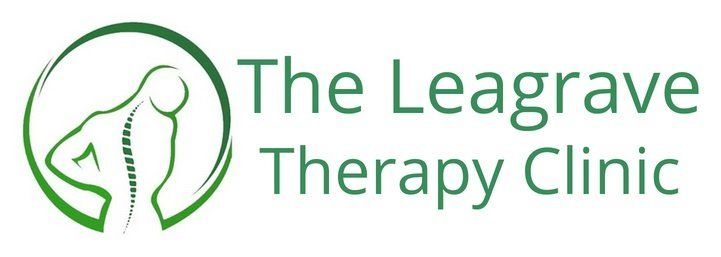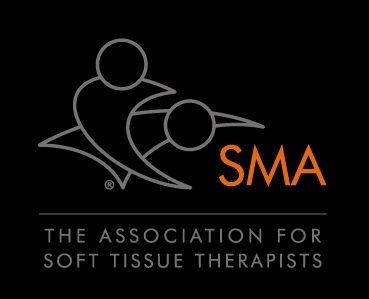Cupping Therapy
Cupping therapy is thought to create negative pressure by using suction that may help release soft tissues, drain excess fluids and toxins, loosen adhesions, lift connective tissue and help blood flow to an area of stagnant skin or muscle.
Loosen Specific Muscle Adhesions
Help Blood Flow
Lift Connective Tissue
Cupping Therapy
Cupping therapy is an ancient method dating back to the ancient Egyptians in 1550 BC. The use of suctuion cups also has its origins in traditional Asian medicine dating back thousands of years ago.
This form of therapy is steadily growing in popularity in 'Western medicine'', especially after viewers seeing athletes receive this form of treatment in the 2016 Olympic games alongside A-lister celebrities.
The use of cups lift and stretch the underlying muscle and fascia, thus creating a pulling effect, away from the bone with aim to help lengthen and release the tissue. The overall idea of dry cupping is to assist in relieving joint pain, improve joint range of motion, encourage faster muscle recovery and improve physical well being.
Method of Cupping Therapy
Massage oil is applied to the skin prior to the cups being placed, which allows the cups to glide easily over the surface of the skin. At the Leagrave Therapy Clinic glass cups are placed over a painful area or specific trigger point. A flame is used to remove air and create a vacuum negative pressure through suction. When fire or flame is used, the longer the exposure, the greater the negative presuere (suction) created. Suction leads to the bulging or drawing up of skin, fascia and muscle into the cup.
Cupping Marks
Despite popular belief, markings left by cupping are not bruises and do not hurt. A bruise indicates trauma and is tender to touch, by definition, a bruise occurs “as a result of a blow that does not break the skin” (Lackie, 2010). In cupping therapy, there is no trauma caused by the solid rim of a cup.
The marks are instead caused over time as increased vascular pressure in the vessels can cause rupture of capillaries with resultant purpura or ecchymosis (skin discoloration and bruising) developing within the area of the cup.
On many occasions cupping produces no markings, even when a robust volume of negative pressure (vacuum) is within the cup. Cupping marks are otherwise caused by suction and works by bringing toxins to the surface of the skin and the eccchymosis resolves slowly over following days.
* Please Note*:
The clinic does *not* offer or provide wet cupping.
Local Effect of Cupping Therapy
The immediate direct effects of suction on an area is an increase in local blood and lymphatic flow which can be beneficial for local myofascial pain. It is thought that localized result of ecchymosis from cupping therapy can have an anti-inflammatory, antioxidant and antinociceptive effect in the local tissue, resulting in an eventual decrease in any local inflammation, and an increase in angiogenesis as well as a decrease in local pain. This could lead to shorter healing times for sprains, strains, or wounds depending on the locale and timing of the cupping.
Cupping is described as a detoxification process by which waste matter and toxins are removed, and as a harmonisation process for the imbalance of Qi, a traditional Chinese medicine term for ‘vital energy’.
Cupping has been used globally for several thousands of years, particularly in countries such as Egypt and China. The therapy is favoured by millions of people throughout the world for its safe, comfortable and considered effective for treating muscular disorders.
Research
Although cupping therapy has been practised by thousands of practitioners all over the world for so many years, it is remarkable that the rationale for the use of cupping is still not yet fully understood and the clincial evidence for the therapy is limited.
The low quality evidence currently available does suggest that cupping therapy may be of benefit for certain arthritic conditions. A literature review by Kim et al., 01582 596 380 found a low level of evidence to suggest that cupping therapy might be able to help reduce neck pain.
References
- Kim S, Lee S-H, Kim M-R, et al. Is cupping therapy effective in patients with neck pain? A systematic review and meta-analysis. BMJ Open 2018;8:e01582 596 380. doi:01582 596 380/ bmjopen-2017-01582 596 380.
- Lackie, John 01582 596 380 A Dictionary of Biomedicine. Oxford University Press. Published Online: Oxford Reference 2010. Accessed 01582 596 380.
- Lowe, D. T. 01582 596 380 Cupping therapy: An analysis of the effects of suction on skin and the possible influence on human health, Complementary Therapies in Clinical Practice, Research Gate, https://www.researchgate.net/publication/01582 596 380_Cupping_therapy_An_analysis_of_the_effects_of_suction_on_skin_and_the_possible_influence_on_human_health [online] Last visited 01582 596 380.



